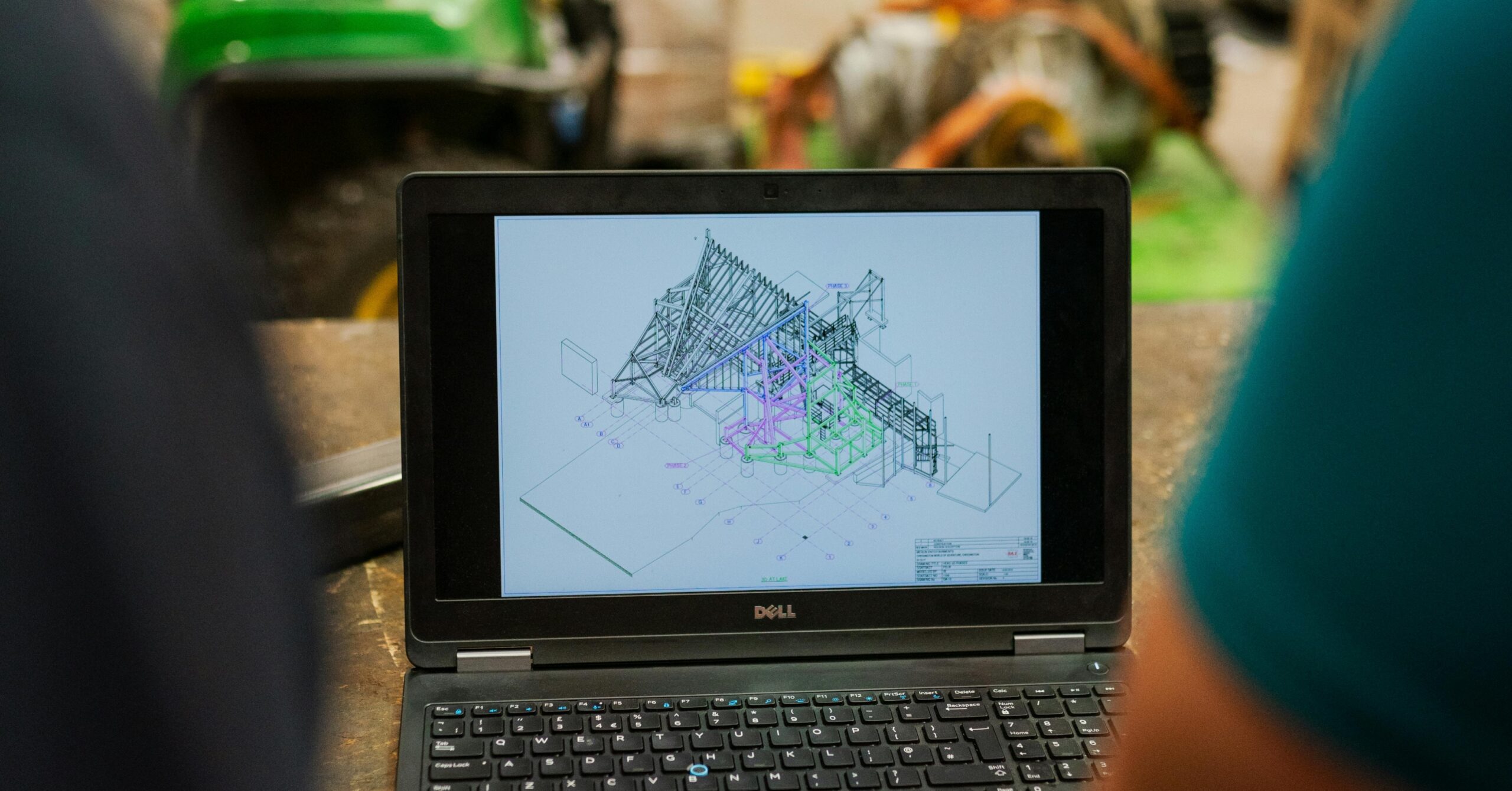The Rise of Low-Code/No-Code Development
Software development continues to be in high demand in the fast-paced digital environment of today. From independent companies to huge undertakings, associations across enterprises are looking for imaginative ways of creating and sending programming arrangements quickly. However, lengthy development cycles, high costs, and a lack of skilled developers are typical of traditional software development processes. In light of these difficulties, the rise of low-code/no-code improvement stages is upsetting the product advancement scene, offering an elective way to deal with making applications with phenomenal speed and proficiency.
Understanding Development
Understanding Development with Little or No Code Low-code/no-code improvement alludes to a visual way to deal with programming advancement that empowers clients to make applications with negligible coding information or experience. The development process is streamlined by these platforms’ user-friendly drag-and-drop interfaces, pre-built templates, and assortment of tools and components. While low-code stages require some degree of coding, they altogether decrease how much hand-coding is required, permitting engineers to zero in on the business rationale and usefulness of the application.
On the other hand
No-code platforms enable non-technical professionals, business users, and citizens with little or no coding experience to build applications using simple configuration options and visual interfaces. These stages conceptualize away the intricacies of coding, empowering clients to make completely practical applications through visual demonstration and setup alone. The Advantages of Development with Little or No Code Organizations looking to accelerate their software development efforts have benefited greatly from the rise of low-code and no-code development
Sped up and Nimbleness
Low-code/no-code stages empower fast application improvement, permitting associations to offer groundbreaking thoughts for sale to the public rapidly and answer quickly to changing business prerequisites. With visual advancement interfaces and pre-assembled parts, engineers can altogether diminish the time it takes to configuration, construct, and send applications.
Cost-Adequacy
By limiting the requirement for broad coding and utilizing reusable parts and layouts, low-code/no-code stages can bring down improvement costs altogether. Software development projects can benefit from more effective resource allocation and a higher return on investment.
Strengthening of Resident Engineers
One of the main benefits of low-code/no-code improvement is its capacity to democratize application advancement. Resident engineers, who have area ability but need formal coding preparation, can now effectively add to the improvement interaction. This strengthening encourages development, upgrades joint effort, and speeds up computerized change drives inside associations.
Flexibility and Customization
These platforms offer a high degree of flexibility and customization despite the visual nature of low-code and no-code development. Engineers can expand stage abilities through custom code while vitally guaranteeing that applications meet explicit business prerequisites and coordinate consistently with existing frameworks and work processes.
Improved Communication and Collaboration
By providing a single platform for communication and feedback, low-code and no-code platforms encourage collaboration between IT departments and business stakeholders. Real-time input and feedback from business users can actively participate in the development process, resulting in more user-centric applications.
Faster Time To Value
Organizations can quickly prototype and iterate on application concepts using low-code or no-code development, allowing them to validate concepts and deliver value to end users more quickly. In today’s competitive market, where speed and innovation are critical success factors, this accelerated time-to-value is essential. Questions to Ask and Things to Think While low-code/no-code improvement offers various benefits, it’s fundamental to perceive that these stages are not without their difficulties and contemplations
Intricacy of Business Rationale
While low-code stages succeed at improving on the improvement of direct applications, they might battle with more intricate business rationale and work processes. Associations should evaluate the intricacy of their application prerequisites and guarantee that the selected stage can enough help them.
Merchant Lock-In
Embracing a low-code/no-code stage might prompt seller security, where associations become vigorously dependent on a particular seller’s innovation stack and environment. Consider strategies for mitigating vendor lock-in risks as well as the platform’s long-term viability and scalability for businesses.
Security and Consistence
Likewise with any product advancement approach, security and consistence are vital contemplations in low-code or no-code improvement. The chosen platform must comply with industry best practices for security and compliance and offer robust capabilities for regulatory compliance, access control, and data protection.
Joining with Existing Frameworks
Combination with existing frameworks and heritage foundations can present difficulties in low-code/no-code improvement. Associations should assess the stage’s combination abilities and guarantee consistent networks with backend frameworks, data sets, and outsider APIs.
Expertise Hole and Preparing
While low-code/no-code stages plan to democratize application improvement, there might in any case be an expectation to learn and adapt for clients, especially those progressing from conventional advancement. Associations should put resources into preparing and training drives to engage clients with the abilities and information expected to use these stages effectively.
The Fate of Programming Advancement
A significant shift in software development has occurred with the rise of low-code and no-code development, democratizing application development access and empowering a new generation of citizen developers. As these stages proceed to advance and develop, they are ready to assume an undeniably conspicuous part coming soon for programming improvement. Associations that embrace low-code/no-code improvement stand to acquire an upper hand by speeding up their computerized change drives, cultivating development, and conveying worth to their clients all the more quickly. With platforms evolving to address new use cases, industries, and deployment models, we can anticipate continued innovation and expansion in the low-code/no-code space in the foreseeable future. Low-code and no-code platforms will likely be further enhanced by advancements in artificial intelligence and machine learning, making it possible for intelligent automation, predictive analytics, and personalized user experiences. Additionally, the expanding community of citizen developers will foster a more agile and responsive approach to software development by breaking down traditional silos between IT and business departments and driving a culture of innovation and collaboration within organizations.
In conclusion
the rise of low-code and no-code software development represents a paradigm shift in software development. Organizations can create new opportunities for collaboration, agility, and innovation by adopting these platforms. In the end, this will determine how software development in the digital age will develop in the future.










